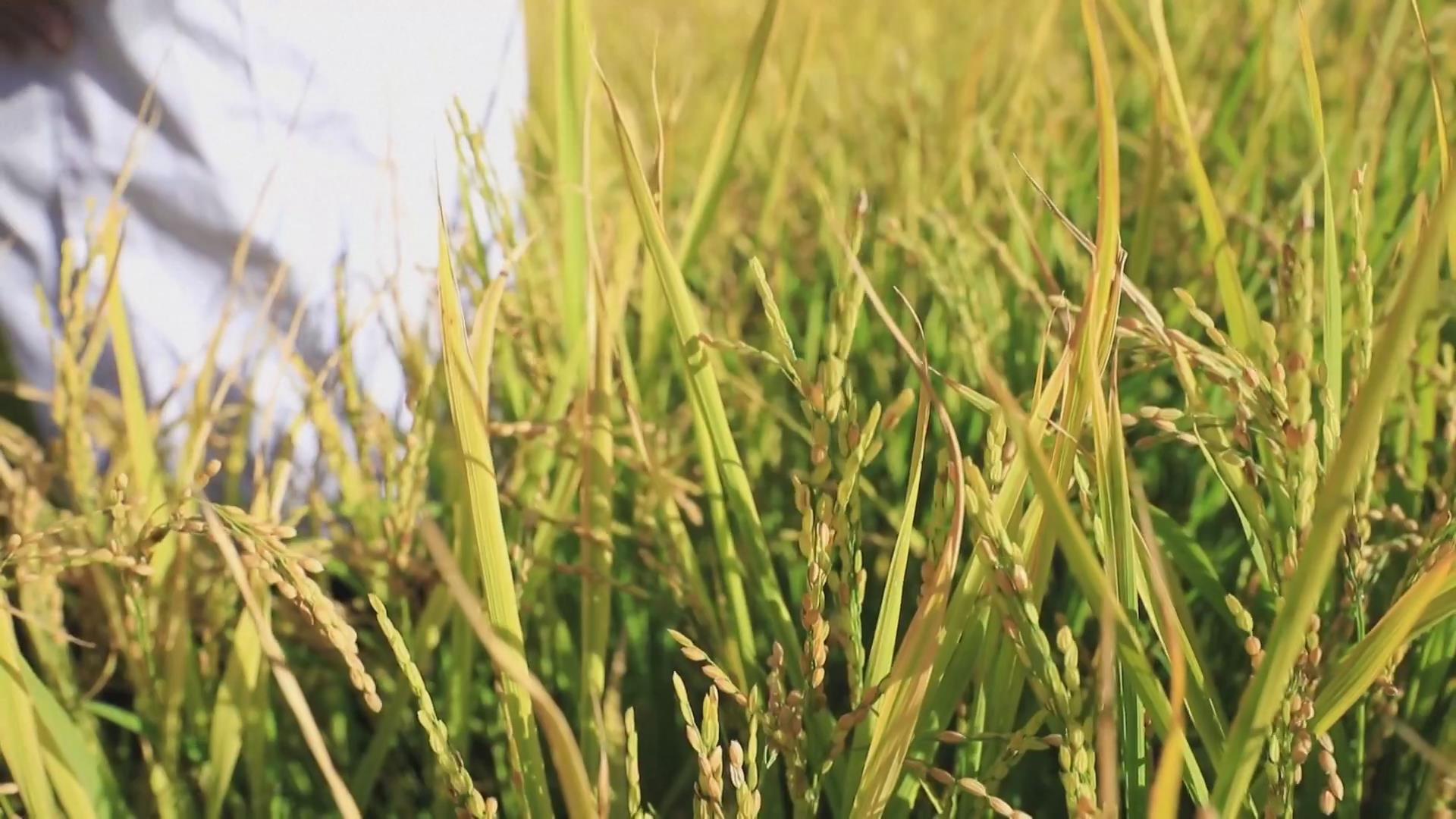
The rice varieties currently grown in Heilongjiang have been tested for many years, showing strong cold-tolerance capacity. /China Media Group
The rice varieties currently grown in Heilongjiang have been tested for many years, showing strong cold-tolerance capacity. /China Media Group
Scientists in northeast China's Heilongjiang Province have found various ways to make the staple crop of rice more cold-resistant, thus increasing its yield and expanding its planting area to relatively cold northern regions.
The researchers from Heilongjiang Provincial Engineering Technology Research Center of Crop Cold Damage tested the rice seedlings at low temperatures in lab, and then transplanted them in natural environment to check their adaptation to low temperatures.
"This is the maturity state of the rice after we processed it. We can see that it has a very outstanding cold-resistance capability. The seeds are solid and full. And the rice ears are hanging down from the stems. However, this one has very poor cold-resistance capability. The seeds are basically not so full, and most are empty. And the ears are upright," said Jiang Shukun, director of Heilongjiang Provincial Engineering Technology Research Center of Crop Cold Damage.
In the 1960s to 1970s, the high-latitude Heilongjiang Province saw frequent low temperature disasters, with the yield of rice per hectare only 3 to 3.75 tonnes back then.
The rice varieties currently grown in Heilongjiang have been tested for many years, showing strong cold-tolerance capacity.
"Now through the improvement of technology and varieties, the cold tolerance has been significantly improved. At present, the average yield of rice in our province is close to 7.5 tonnes per hectare," said Jiang.

